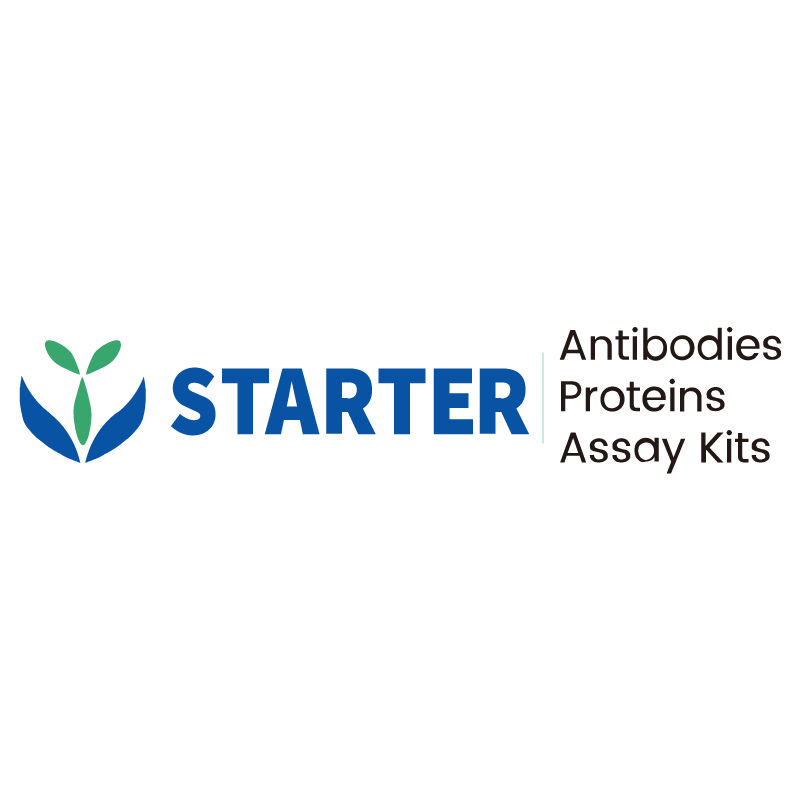Flow cytometric analysis of Human CD3d expression on human PBMC (human peripheral blood mononuclear cells). Human PBMC were stained with Brilliant Violet 421™ Mouse Anti-Human CD19 antibody and either Biotin Isotype Control (Left panel) or SDT Biotin Mouse Anti-Human CD3d Antibody (Right panel) at 5μl/test followed by Sav-iFluor 488. Flow cytometry and data analysis were performed using BD FACSymphony™ A1 and FlowJo™ software.
Product Details
Product Details
Product Specification
| Host | Mouse |
| Antigen | CD3d |
| Synonyms | T-cell surface glycoprotein CD3 delta chain; T-cell receptor T3 delta chain; T3D |
| Location | Cell membrane |
| Accession | P04234 |
| Clone Number | S-R565 |
| Antibody Type | Mouse mAb |
| Isotype | IgG2a |
| Application | FCM |
| Reactivity | Hu |
| Positive Sample | human PBMC |
| Purification | Protein A |
| Concentration | 0.2 mg/ml |
| Conjugation | Biotin |
| Physical Appearance | Liquid |
| Storage Buffer | PBS pH7.4, 0.03% Proclin 300 |
| Stability & Storage | 12 months from date of receipt / reconstitution, 2 to 8 °C as supplied. |
Dilution
| application | dilution | species |
| FCM | 5μl per million cells in 100μl volume | Hu |
Background
CD3d, also known as CD3 delta chain, is a protein-coding gene located on chromosome 11q23.3. The protein encoded by CD3D is a single-pass type I membrane protein and is a component of the T-cell receptor (TCR) complex, which is crucial for T-cell development and signaling. It forms part of the CD3 complex along with other subunits like CD3γ, CD3ε, and CD3ζ, and it interacts with either the TCRα/β or TCRγ/δ heterodimer to form the TCR/CD3 complex on the T-cell surface. The CD3d protein is also a target for immunotherapies. For example, bispecific antibodies that target CD3d along with tumor-associated antigens can redirect T cells to attack cancer cells, making it a promising target for cancer immunotherapy.
Picture
Picture
FC


